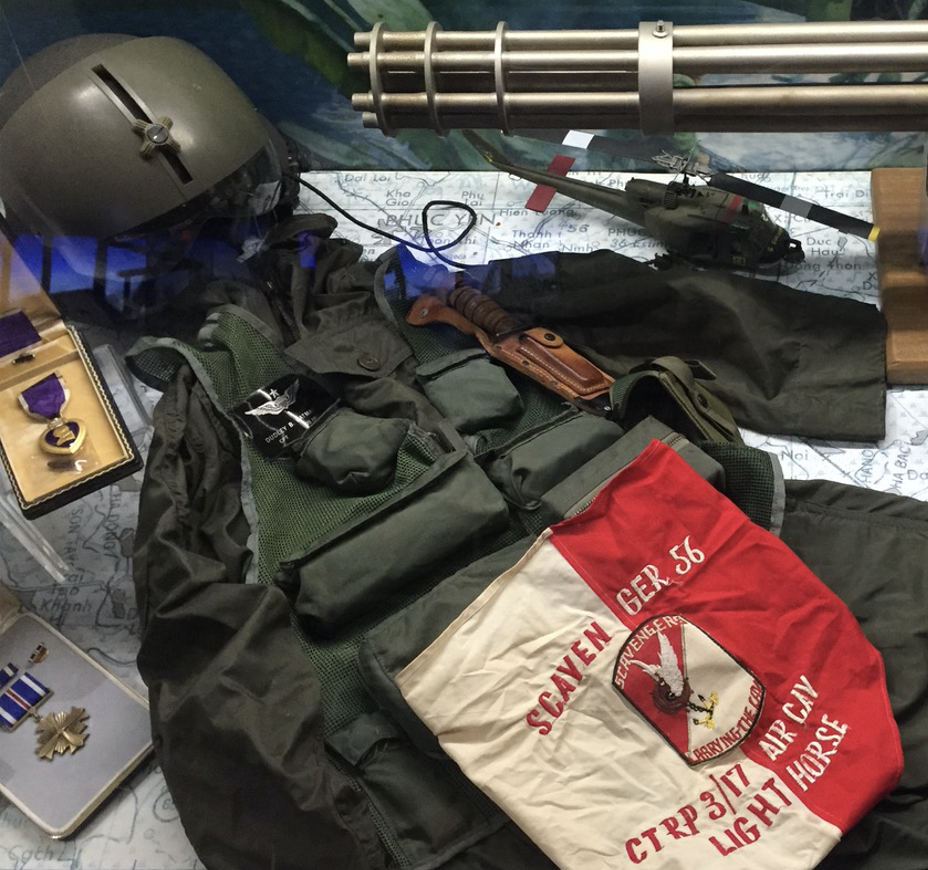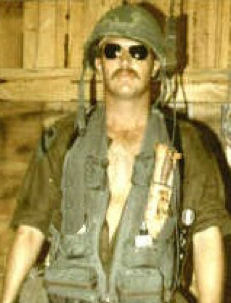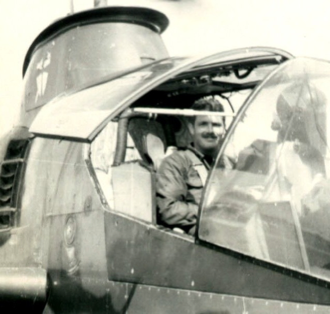The Museum will be closed January 12th - January 16th in preparation for our new Special Exhibition Ripley's Believe It or Not!. Museum reopens Saturday January 17th. New Exhibit opens January 31st!
Ever since military pilots began flying, they needed to carry supplies in case they crash landed or bailed out. During WWI, pilots carried a pistol and a knife; by the start of WWII, aircraft began carrying more sophisticated survival kits. The military quickly learned that when pilots and crew bailed-out, or crawled out of a crashed aircraft, the only supplies they usually carried out was what they had strapped, tied, or worn on their person.

The solution, in mid-1943, was the C-1 Survival Vest, designed to carry the supplies needed for individual survival. The C-1 vest continued as the standard survival vest until 1963, when a new 2nd generation Survival Vest, the SRU-21/P, replaced it for all military services.
The SRU-21/P Survival Vest, is made from Sage Green aramid fireproof mesh fabric (to “breathe”) and has numerous outside and inside pockets to store vital survival equipment.

Dudley Oatman in Vietnam with vest.
Early versions of the SRU-21/P vest continued the C-1 vest snap button closures on all the pockets. With introduction of Velcro in early 1960s, snap buttons were redundant and Velcro became the common closure method. The main large pockets on the front have zippers (to make them secure), while the other minor pockets have Velcro patches.
The vest’s popularity was soon wide spread due to its ease-of-use layout and well-designed lightweight components. The vest was ideally designed for the humid, hot, and wet environment found in South East Asia.

Dudley Oatman in a Bell AH-1 Cobra.
USAF jet fighter bombers, propeller bombers, transports; USAF/USMC and US Army helicopter pilots and crews began to wear the vest by the late 1960s. The popularity saw the vest even used by US Army ground units in Vietnam, such as the Special Operations Group (SOG).
The Survival Vest contains: Tourniquet; Survival radio; .38 caliber revolver; Ammunition (.38 caliber tracer and ball); Butane lighter; Signaling mirror; Individual first aid and survival kit; Signal kit (Pencil flares); Distress (Strobe) light; Water storage bag; Pocket knife; Fishing gill net; and Lensatic compass. Many pilots added a larger fixed-blade survival knife and other personalized items, as they saw fit.

The Museum’s Survival Vest was issued to then CPT Dudley Oatman, in 1971, at the start of his second tour in Vietnam. He wore the vest during Vietnam and for most other helicopter flights during his career until he retired in 1986. Oatman added the standard 499 Pilot Survival Knife and name tape to the vest. Most components (except pistol, ammunition, pencil flares and butane lighter; removed for safety) are original. The issued ARC-RT-10 Survival Radio became unserviceable in 1973, and was replaced with an original AN-URC-68 Survival Radio. Oatman (SDASM Docent) donated the vest to the Museum in 2016.
2001 Pan American Plaza, San Diego, CA
Phone: 619.234.8291
Información En Español
Contact Us
We would like to thank all our sponsors who help us make a difference. Click here to view all who help us.

The San Diego Air & Space Museum is a 501(c)(3) non-profit organization. Federal Tax ID Number 95-2253027.
